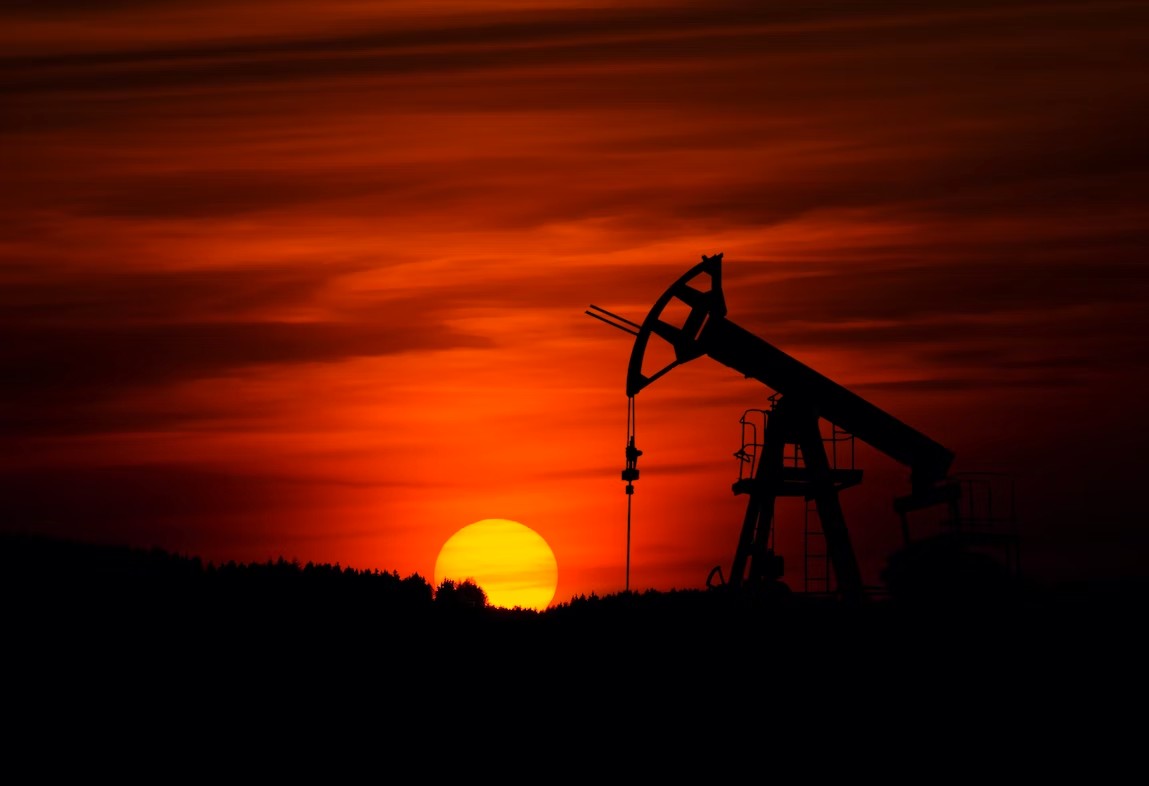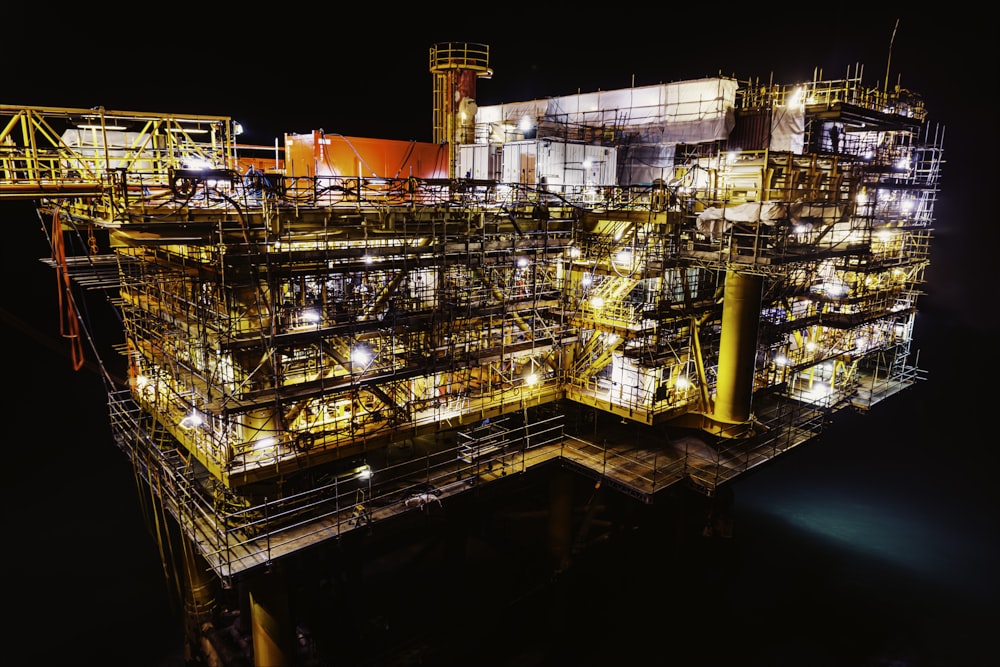Oil has become extremely important to the modern world. It’s used for power generation, fueling vehicles, and other purposes. The world’s oil resources are limited, meaning oil and gas exploration companies must use the best oilfield service equipment and advanced technologies to extract as much oil as possible.
The Stages of Oil Recovery
There are three phases of oil production—primary, secondary, and tertiary. The tertiary stage is also called enhanced oil recovery. Understanding these three stages is crucial as it’ll help you understand the importance of enhanced oil recovery. Primary oil recovery focuses on using artificial lift devices like pump jacks to extract hydrocarbons that rise to the surface naturally. Research shows that primary oil recovery methods are ineffective, recovering only about 30 percent of the potential oil in a well.
The secondary oil recovery phase involves water and gas injection to displace oil and drive it to the surface. While the secondary oil recovery phase can help extract more oil than the primary phase, the reality is that these methods are inefficient. According to the United States Department of Energy, these two methods leave approximately 75 percent of extractable oil within the oil well. Since oil recovery and extraction processes are complex and intricate, oil and gas companies don’t want to leave most of the oil unextracted.
That’s where the tertiary stage enters the mix. Enhanced oil recovery can increase a well’s production by over 75 percent.
What is Enhanced Oil Recovery (EOR)?
Enhanced oil recovery is a process that involves using gas or chemicals in an oil well. Doing so changes the makeup and location of the oil within the well, helping oil and gas companies recover it more easily. Enhanced oil recovery is expensive, but it’s often necessary because it can help increase the oil extracted. It’s also the only option for oil extraction if oil inside a well is too heavy to flow.
Some formations often hold bitumen. Bitumen deposits are solid oil, meaning they don’t flow up a well and to the surface easily. Some bitumen deposits can also be found on the surface and mined, but those deeper underground need enhanced oil recovery methods for extraction. Oil and gas exploration and production companies will generally inject steam into the reservoir to melt the bitumen before sending it to the surface.

Types of Enhanced Oil Recovery
Several types of enhanced oil recovery exist, including the following:
Thermal Recovery
Thermal recovery was initially used in the 1960s in Venezuela. The country’s oil reserves were especially heavy, making it difficult to extract oil. Thermal recovery helped the oil become more agile, allowing oil and gas exploration and production companies to extract it more easily. Thermal recovery involves heating the oil to reduce its viscosity and move it up to the surface.
Chemical Injection
Chemical injection involves using long-chain polymers inside wells to free up oil and gas molecules within a reservoir’s remote sections. It’s often performed with waterflooding to improve the recovery factor by increasing the surfactant’s efficacy. Doing so also makes the hydrocarbons more agile, helping them flow to the surface.
Polymers used for chemical injection are usually alkaline or micellar substances because they improve the crude oil’s flow as these substances reduce interfacial tension.
Gas Injection
Gas injection is a common type of enhanced oil recovery practice. It involves injecting gas into an oil or gas deposit to push hydrocarbons to the surface once the initial pressure wanes. It’s generally used during the second stage of oil recovery.
Most oil and gas exploration and production companies use nitrogen or carbon dioxide for the miscible displacement of crude in unconventional reservoirs of mature wells. The US Department of Energy notes that gas injection techniques are used for roughly 60 percent of enhanced oil recovery in the US.
The process requires pumping carbon dioxide or nitrogen into oil and gas formations through injection wells. The gas forms a miscible zone at high downhole pressures, mopping up stranded resources and pushing them toward the target well’s production casing. Gas injection is mixed with water injection through a pumping system to improve sweep efficiency.
Most oil and gas exploration companies preferred using CO2 for this process. However, concerns about CO2’s impact on climate change have caused many to use high-purity nitrogen instead. Nitrogen is also favorable because it prevents downhole combustion.
Steam Injection
Steam injection involves pumping water vapors at high pressure and temperature into a well to push up hard-to-reach resources from the reservoir once the formation pressure subsides.
You’ll need to drill an injection well close to the drilling well for stimulation. Then, you’ll need to add steam into the formation through these wells. The steam will lower the oil’s viscosity, increasing its kinetic energy and helping it flow toward the well’s production casing.
Steam injection is particularly beneficial for heavy oil extraction. Statistics show that it contributes to over 40 percent of EOR production in the United States.
Get Started with CNPS
Are you looking for premium quality OCTG and oilfield service equipment? If the answer’s yes, CNPS can help you. The company provides exceptional OCTG equipment to oil and gas exploration companies worldwide. They also help oil and gas exploration companies enhance oil recovery through their EOR solutions.
CNPS is a complete energy solutions provider. Launched in 2008, it offers OCTG pipes and bar products and solutions. The company has established itself as a trusted energy solutions provider. They offer EOR technology and solutions, oilfield service equipment, mud logging equipment, electronic product solutions, renewable and sustainable energy solutions, etc.




